EASA certifies modified Airbus A330neo with enhanced bonus features
Aerotime
APRIL 10, 2025
This is achieved by further maximizing lift and reducing drag during the take-off and initial climb segments, a spokesperson for Airbus said. At other, even more runway-restricted airports, the net gain could be as much as seven tons without increasing the engines thrust, added the spokesperson.

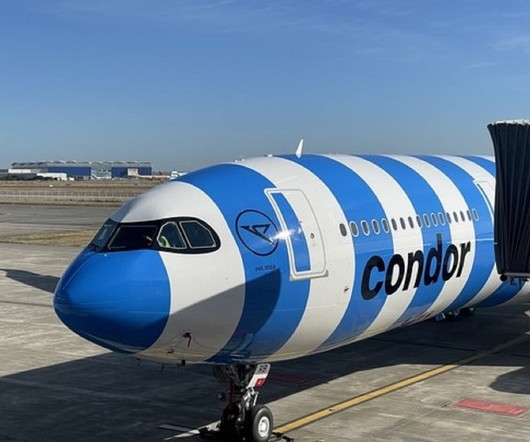



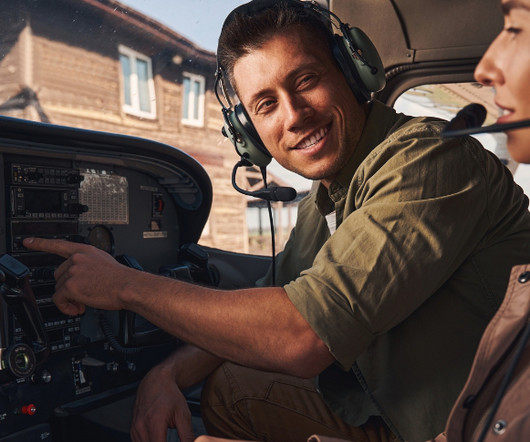

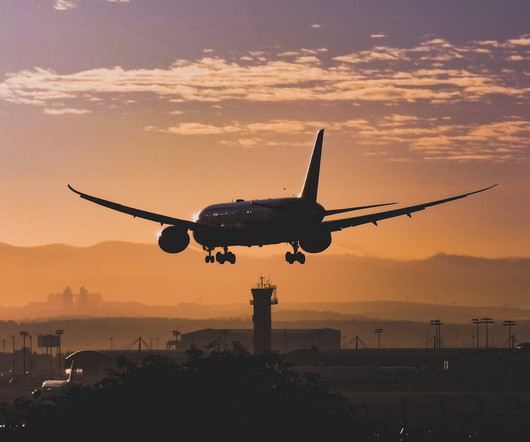


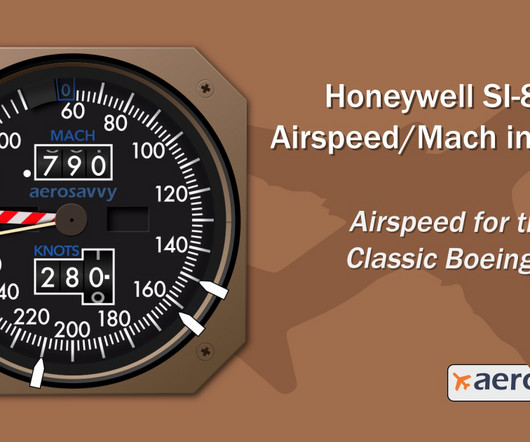
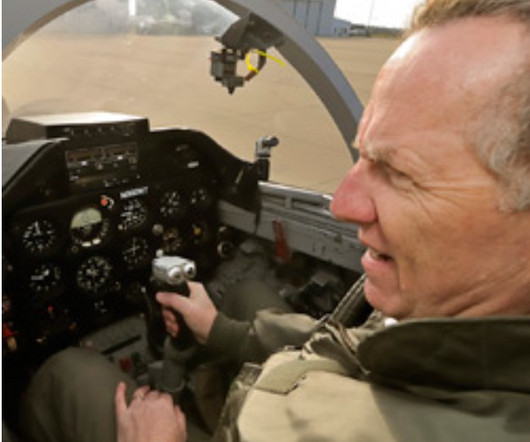

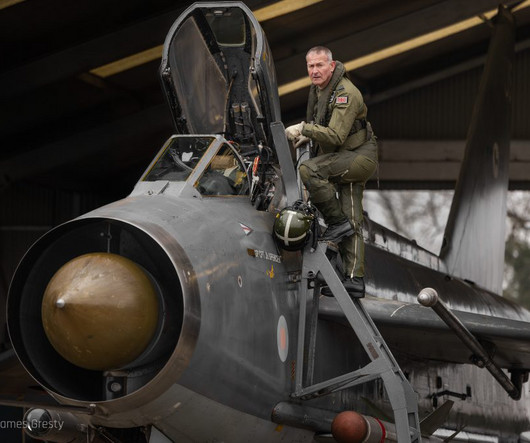

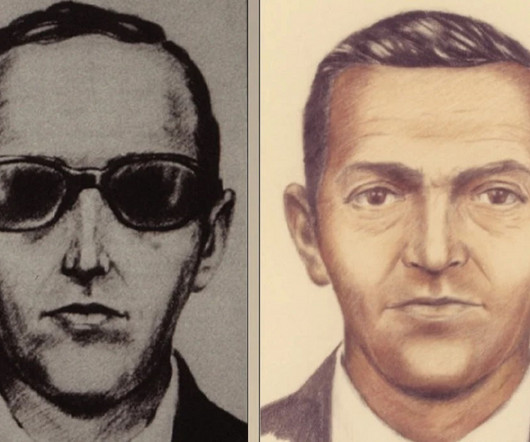
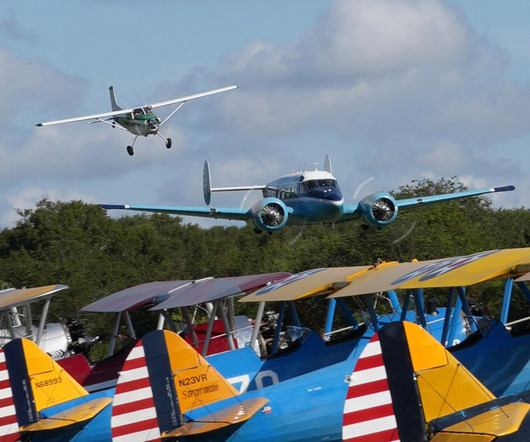









Let's personalize your content